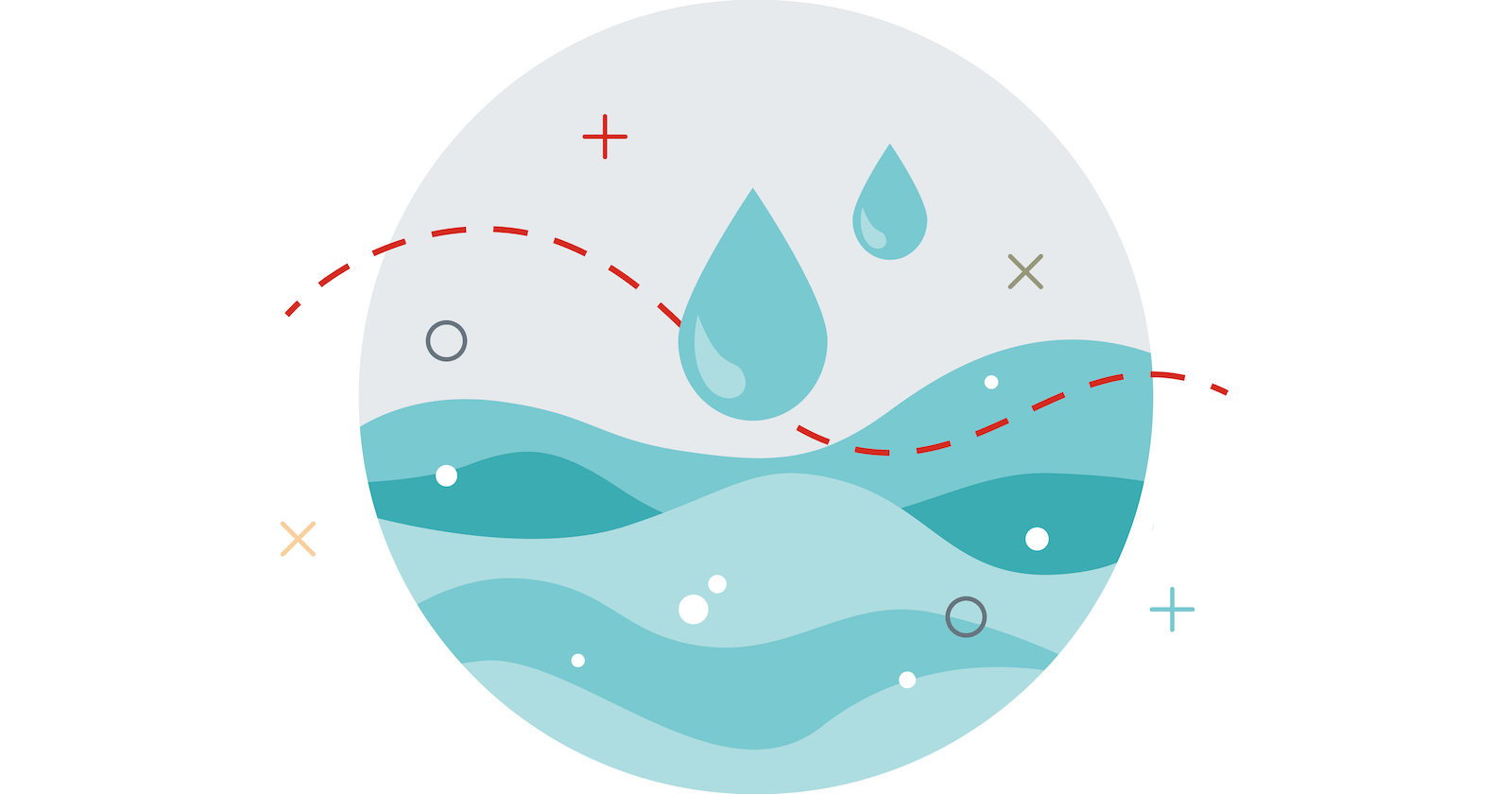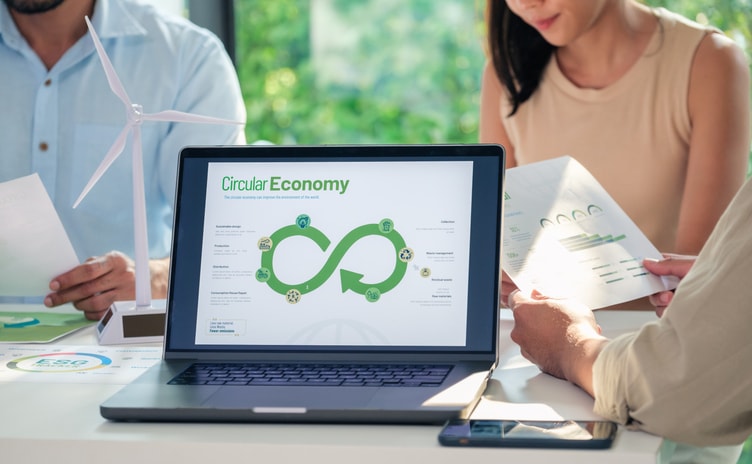Thursday, January 25, 2024
Rivers play a structural role in the natural and landscape heritage of our planet. However, the consequences of human activity are putting their survival at risk, and today we’re faced with the challenge of restoring their vitality.
Over these last few summers, we’ve seen how climate conditions have substantially changed. These changes have been the key reasons water stress in rivers, reservoirs, and aquifers has grown.
However, despite this alarming news, we mustn’t forget that Spain is a country that actually has a tremendously rich variety of water basins. This can be seen not only in its 34 main rivers, grouped into three watersheds -the Mediterranean, the Atlantic, and the Cantabrian- but also in its abundance of groundwater. This water gives life to a vast natural and landscape heritage, which in turn directly contributes to a wide variety of resources, such as food or energy, among others. Rivers are the Earth’s arteries: they’re life forms that give life, and they make the world more beautiful and facilitate economic growth. What great civilization didn’t settle around the basin of a major river?
Unfortunately, the rivers of our modern civilizations have been more affected by human activity. In addition, low rainfall has a major impact on river flow, as the need for water for irrigation and other agricultural purposes increases demand. In Spain, about 70% of drinking water is destined for agriculture, while around 99,000 Hm3/year of average contribution comes from rivers, reservoirs, and aquifers, according to data from the specialist media outlet iAgua.
That's why it’s so important to construct reservoirs and water transfers with proper planning, with a long-term vision that guarantees water for the future, as well as an environmental flow that keeps our rivers alive and abundant.
The European Union, a pioneer and master when it comes to regulatory matters, created a protection framework. The Water Framework Directive (WFD) emerged from the experience of shared challenges. This is a European directive for water use planning in order to improve the condition of rivers, aquifers, and wetlands. What’s its objective? To ensure good quantitative and qualitative status of water now and in the future. "We need reasonable water use and to achieve the 'cost recovery'” required by the WFD.
Meanwhile, Spain has launched the National Strategy for River Restoration 2023-2030, which aims to "promote the recovery of river water bodies in Spanish watersheds and achieve good ecological status, or good ecological potential for those that do not meet this requirement, in line with the WFD and water planning".
Thus, alongside a series of environmental and water security strategies, one of its main goals is to restore nearly 3,000 km of Spanish rivers before the year 2030. At the European level, there’s also the EU Biodiversity Strategy for 2030, which aims to remove barriers from 25,000 km of rivers throughout the European continent to restore flows that are currently fragmented and therefore, in vulnerable situations. With this strategy, natural biological communities will be rehabilitated, and connections between fish populations and their migratory and reproductive movements will be restored. In addition, riparian forests in areas occupied by hydroelectric dams will be reconnected and expanded.
Caring for and preserving our rivers is essential to ensuring life will continue in the future. We can’t forget that humanity developed alongside major rivers. It was from their riverbeds that we extracted the papyri on which we wrote and shaped the complex ways of thinking of the present day, as well as the bricks to lay the foundations of ancient cities that we remain descendants of today. Let us not forget the words of writer Ann Zwinger: "When there is a river in your growing up, you probably always hear it."
¿Te ha parecido interesante?





